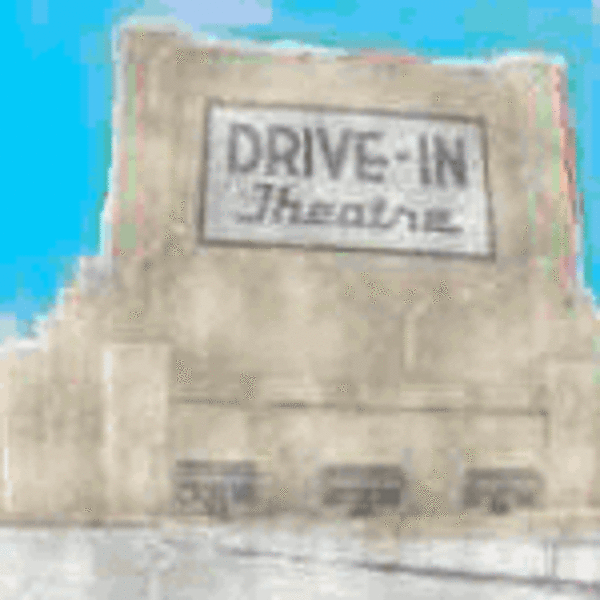
A Brief Overview

Richard Hollingshead, father of the drive-in, capitalized on the success of the drive-in restaurant, extending the in-your-car-convenience to include the silver screen. He patented the idea three years after conception. The first drive-in opened in Camden, NJ in June 1933.
The mid-forties saw the roaming buffeterias answer to frustrated movie-goers who wished to stay in their cars and not miss any of the movie or stand in long lines during intermission. The dawn of the fifties brought the talk back system. Starting in Greensboro, NC movie-goers pushed a button on the side of the speaker to be connected to the main switch board, indirectly summoning car-hops. The profiteria (centrally located self-serve snack bar) eventually won out over car-hop service. Conventional drive-in hey day was 1948-1954, when the count rises from 820 to 3,775.
In the 1970s, many drive-ins began to close. However, most drive-ins were still making money when they closed. Closings were primarily due to the fact that as cities spread out, property value sky-rocketed. Location, combined with seasonality, is often cited as the biggest problem to face drive-ins. Standard fare at the drive-in was 2nd-run movies or 1st-run sexploitation films during this decade.
In the 1980s, Hollywood studios started to make double and triple prints of 1st-run movies, as a result, drive-ins were able to start picking up 1st-run films. Between 1987-1990, the number of drive-ins falls from 2,507 to 910. Drive-in attendance drops off by two thirds.
By the 1990s, there are less than 600 drive-ins left in the US. There were 815 screens total, as of December 1997. Over 3,000 had disappeared since their hey day in the 1950s. On the bright side in this decade, several new drive-ins have been built circa 1990, including sites in New York and Alabama. Drive-in expansion occurs in several states including Wisconsin and Maryland.